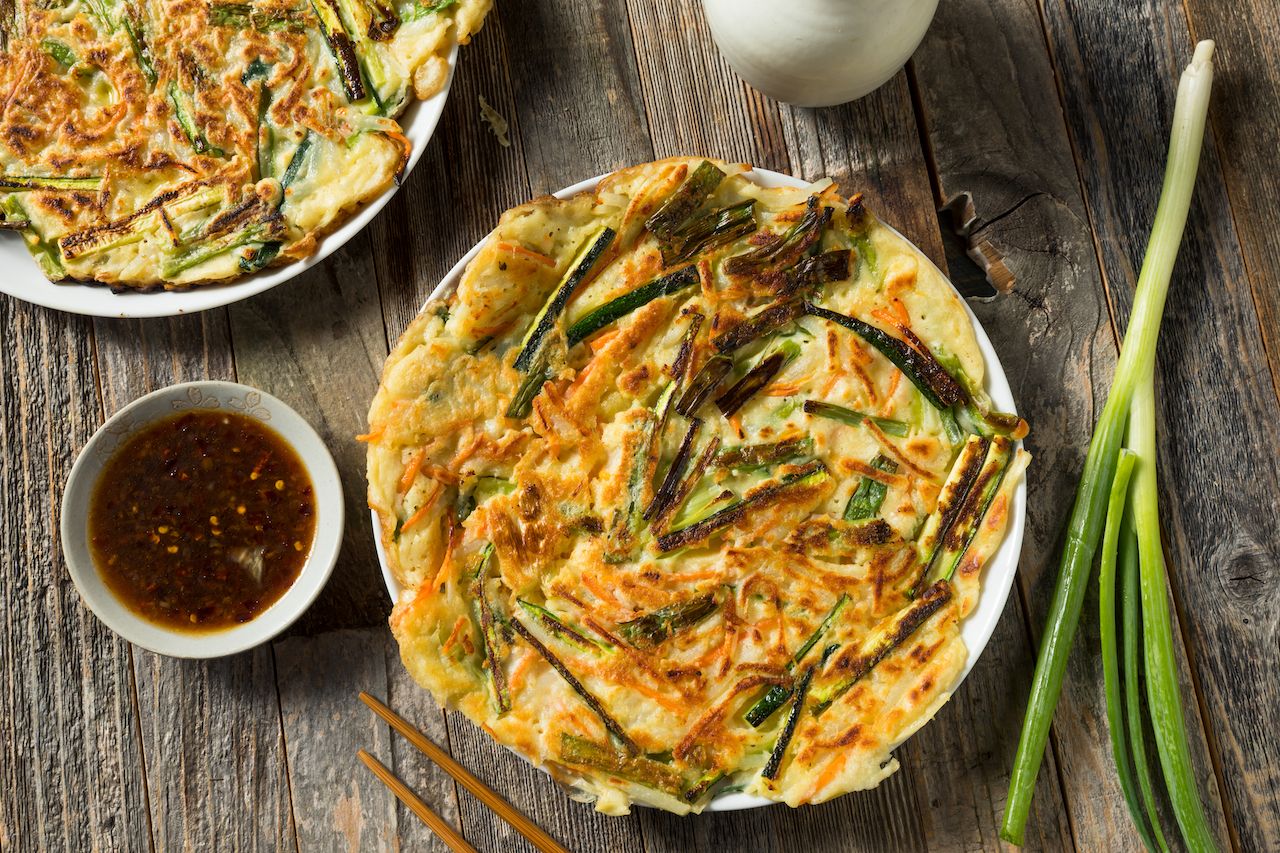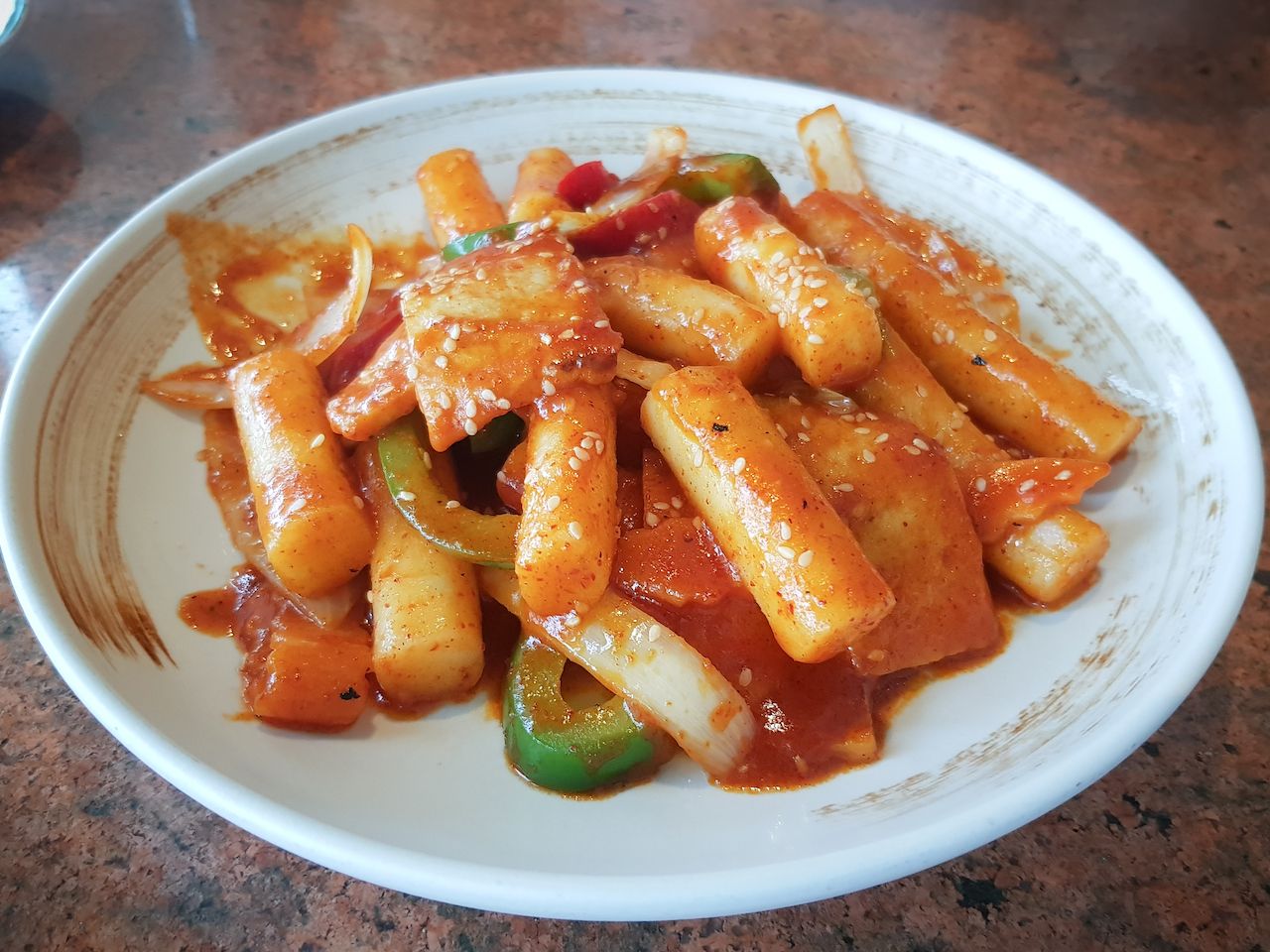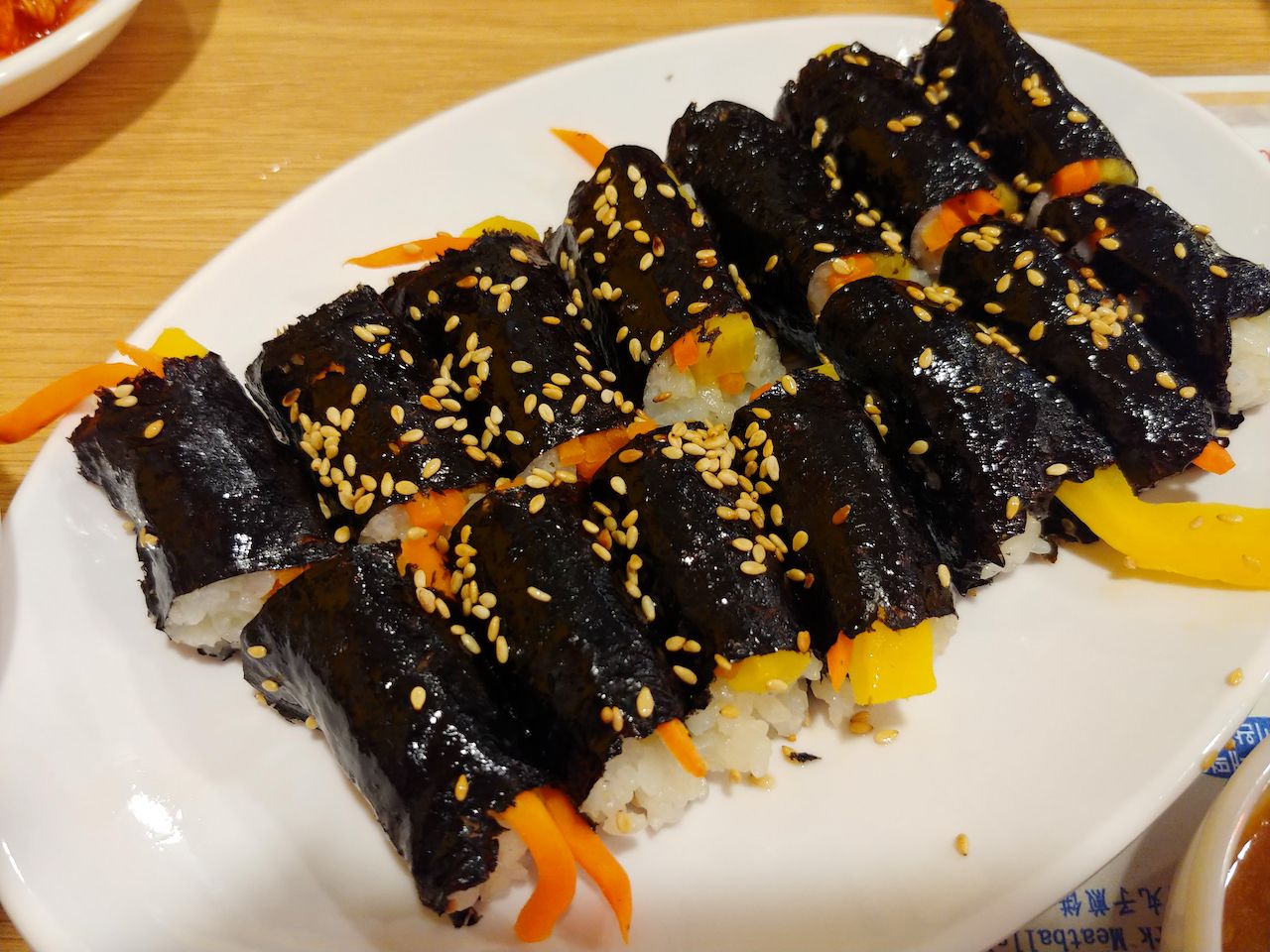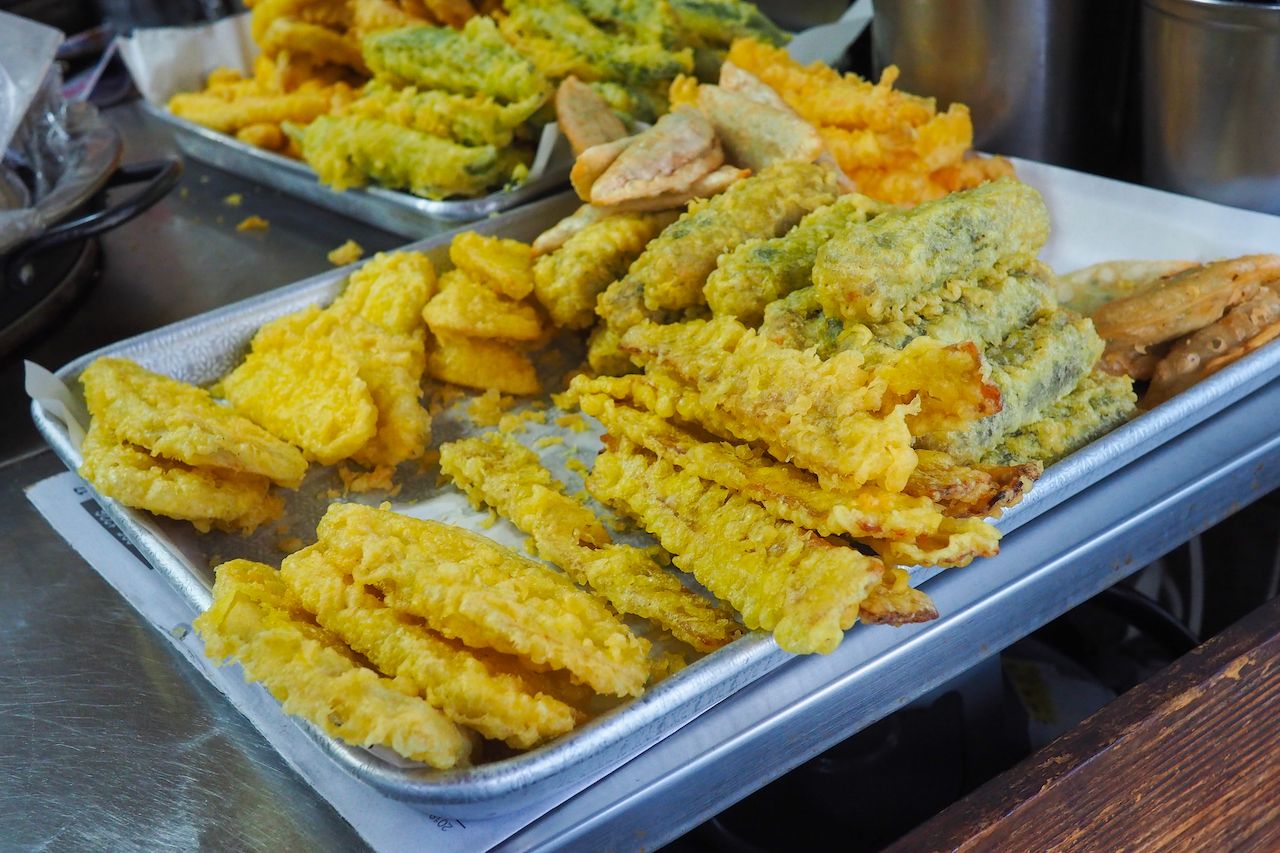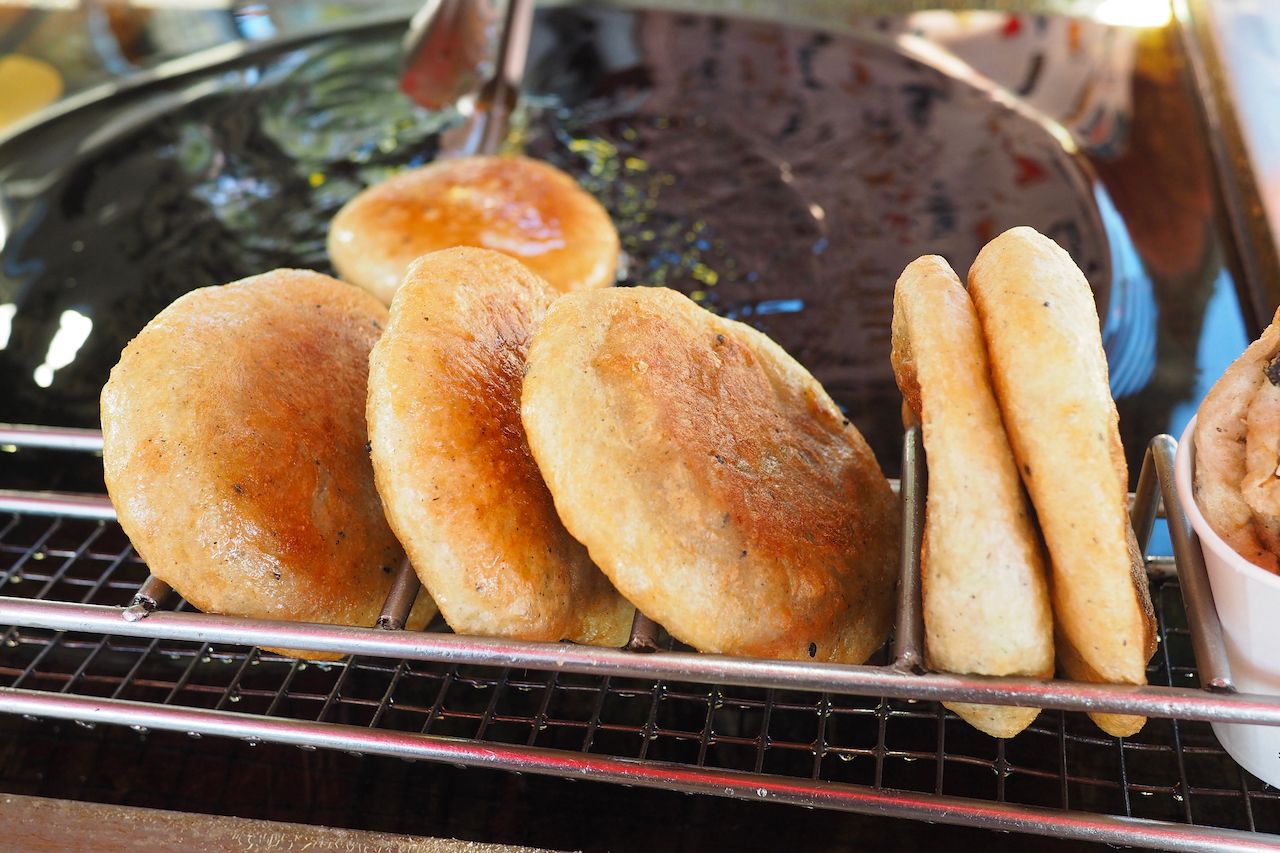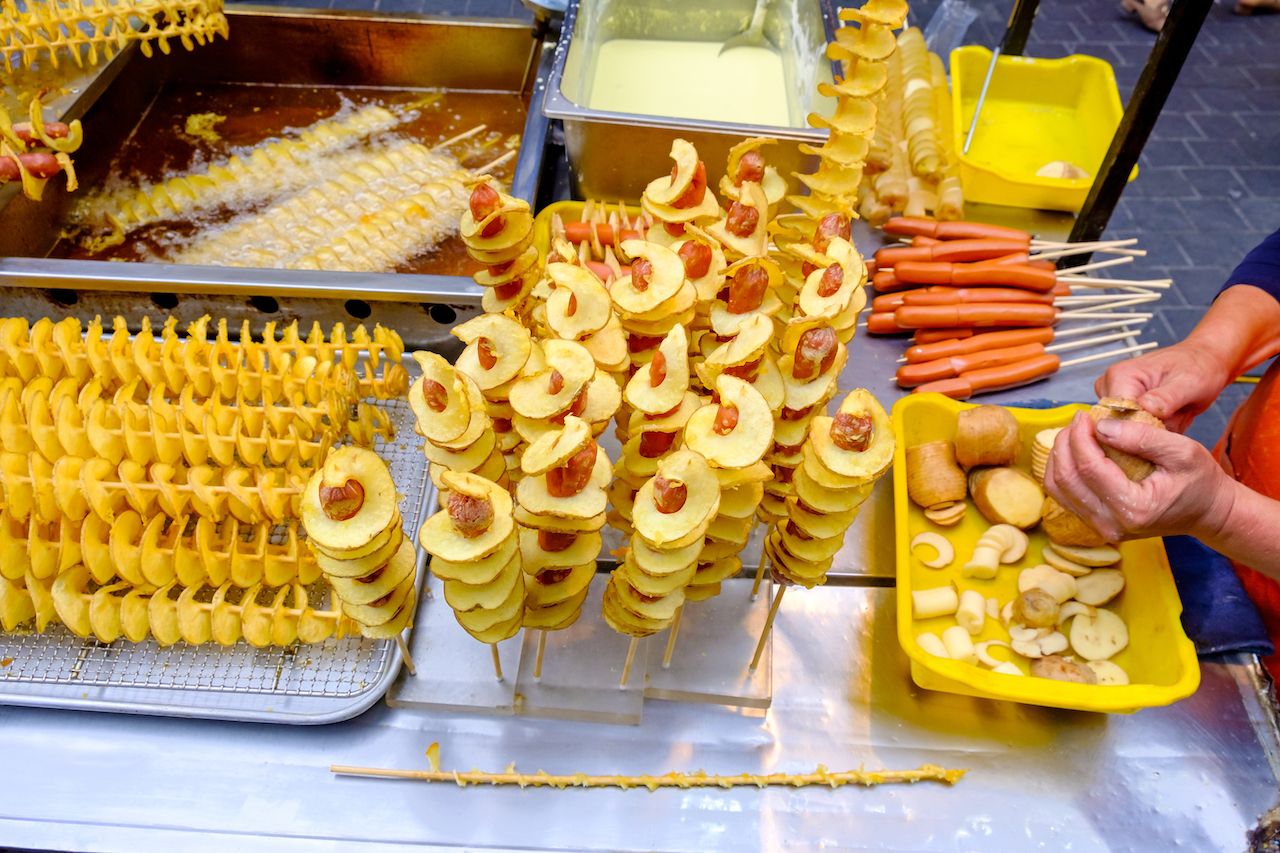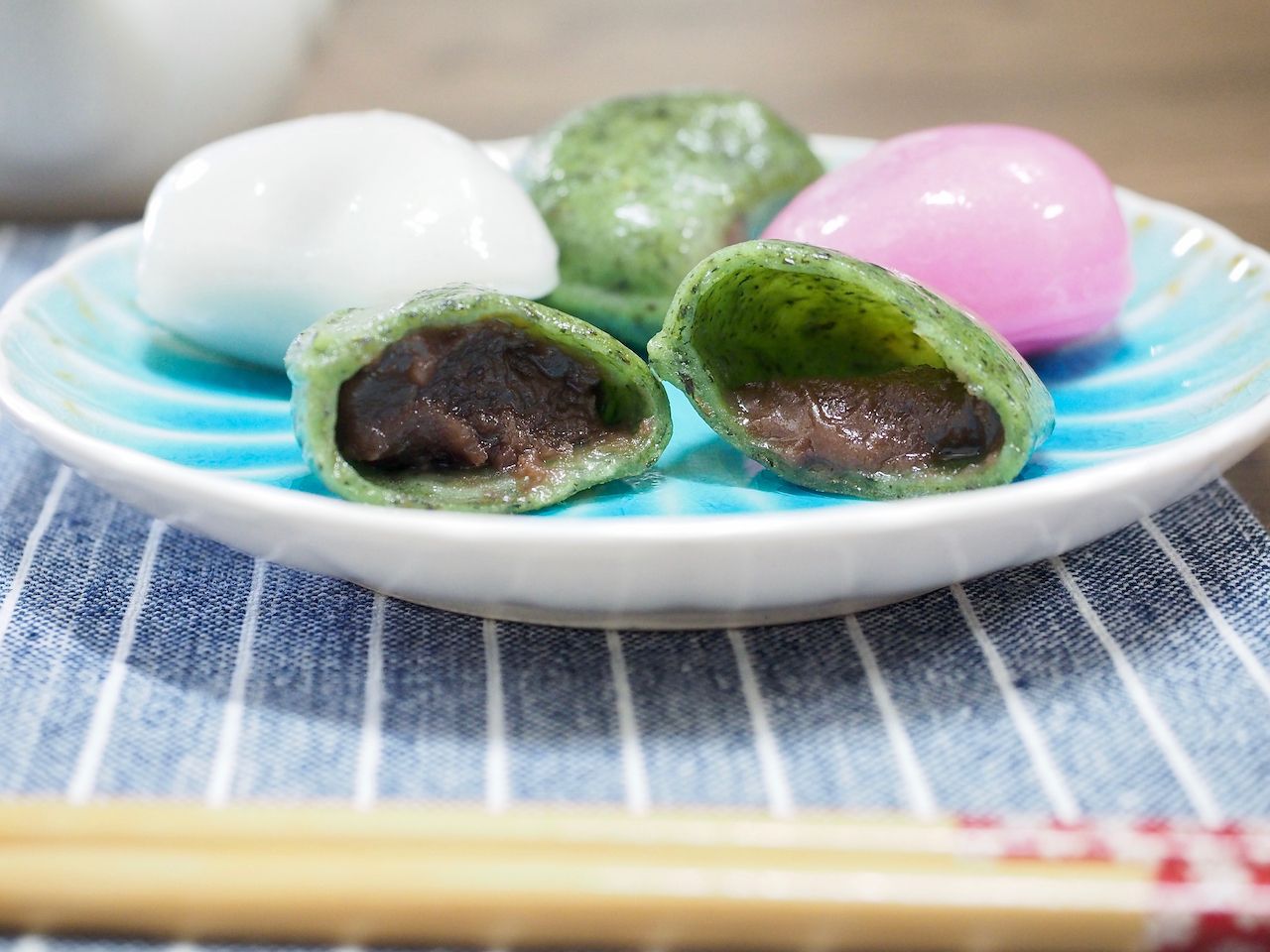Meat and fish are key to many of South Korea’s most popular dishes — especially in the bustling food markets and street stalls. Meat is part of everyday life in a country where it’s estimated that only around 1 percent of the population is vegetarian. Yet vegetarians shouldn’t feel left out. South Korea has one of the healthiest cuisines, in part thanks to all the plant-based options to choose from.
The first principal to sticking to a vegetarian diet in Korea is to always clarify what you do and don’t eat. After all, even most kimchi is made with fish sauce. Stick to these eight dishes, though, and you should be in the clear and more than satisfied.

